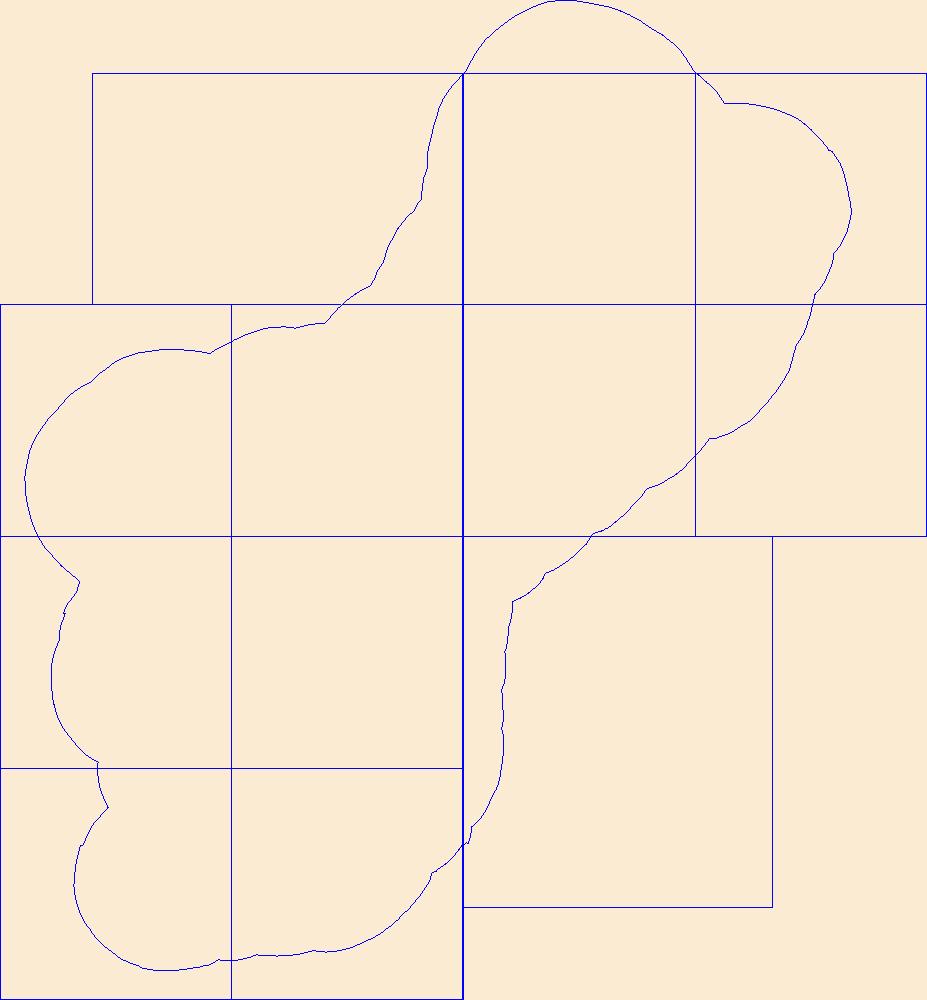Filters: Tags: State (X)
1,283 results (3.5s)|
Filters
Date Range
Extensions
Types
Contacts
Categories Tag Types
|
The application of post-combustion capture (PCC) processes in coal fired power stations can result in large reductions of the CO2-emissions, but the consequential decrease in generation efficiency is an important draw-back The leading PCC technology is based on chemical absorption processes as this technology is the one whose scale-up status is closest to full-scale capture in power plants The energy performance of this process is analysed in this contribution. The analysis shows that the potential for improvement of the energy performance is quite large It is demonstrated that further development of the capture technology and the power plant technology can lead to generation efficiencies for power plants with 90%...
Rising global demand for energy, high energy prices, climate change, and the threat of terrorism all point to the need for greater energy efficiency and conservation in the United States. While technological innovation is plainly needed, our laws and institutional arrangements must also play an important role. The United States has scores of legal and policy tools from which to choose to improve energy efficiency and curb energy consumption. This Article, which grows out of a Spring 2006 seminar at theWidener University School of Law, evaluates a handful of these tools: transit-oriented development; fuel taxation; real-time pricing for electricity use; public benefit funds; improving the efficiency of existing residential...
Categories: Publication;
Types: Citation;
Tags: Rocky Mountain Region,
State,
clean energy policy,
electricity
Rising global demand for energy, high energy prices, climate change, and the threat of terrorism all point to the need for greater energy efficiency and conservation in the United States. While technological innovation is plainly needed, our laws and institutional arrangements must also play an important role. The United States has scores of legal and policy tools from which to choose to improve energy efficiency and curb energy consumption. This Article, which grows out of a Spring 2006 seminar at theWidener University School of Law, evaluates a handful of these tools: transit-oriented development; fuel taxation; real-time pricing for electricity use; public benefit funds; improving the efficiency of existing residential...
Categories: Publication;
Types: Citation;
Tags: Rocky Mountain Region,
State,
clean energy policy,
electricity
This paper summarizes the main results of a study on the costs of abatement of CO2 emissions in Brazil. It discusses three possible futures for the long run (2010 and 2025) activity of the Brazilian economy and -- with the help of a linear programming model for Brazil's energy sector -- three scenarios for energy production and use. One of these scenarios illustrates the possibility of halving future carbon emissions originating from energy generation and consumption, with relatively small increases in energy associated costs and investments. This abatement scenario would require, on the supply side of the Brazilian energy balance, increased amounts of hydropower, ethanol and bagasse from sugarcane, plus wood and...
Categories: Publication;
Types: Citation;
Tags: American policy,
climate change,
conflict,
federal,
green energy,
This data set is a complete digital hydrologic unit boundary layer to the Subwatershed (12-digit) 6th level for the entire United States. This data set consists of geo-referenced digital data and associated attributes created in accordance with the "Federal Guidelines, Requirements, and Procedures for the National Watershed Boundary Dataset; Chapter 3 of Section A, Federal Standards, Book 11, Collection and Delineation of Spatial Data; Techniques and Methods 11-A3" (04/01/2009). http://www.ncgc.nrcs.usda.gov/products/datasets/watershed/index.html . Polygons are attributed with hydrologic unit codes for 4th level sub-basins, 5th level watersheds, 6th level subwatersheds, name, size, downstream hydrologic unit, type...
BLM Surface Management Agency Layer
Types: Downloadable;
Tags: BLM,
Bankhead-Jones,
Bureau of Land Management,
Bureau of Reclamation,
DOI,
This is a dynamic service of the Surface Management Agency (SMA) Geographic Information System (GIS) dataset. The service depicts Federal land for the United States and classifies this land by its active Federal surface managing agency below the scale scheme level 14 (~1:36K) for efficiency. The SMA feature class currently covers all of the BLM Western State Offices including Alaska. The SMA data contained in this dataset are extracted from Federal land status records. The official Federal land status records of the appropriate surface land managing agency should be consulted concerning ownership details including interest in the federal subsurface mineral estate. The GIS data contained in this dataset depict the...

This data represents the map extent for current and historical USGS topographic maps for the United States and Territories, including 1 X 2 Degree, 1 X 1 Degree, 30 X 60 Minute, 15 X 15 Minute, 7.5 X 7.5 Minute, and 3.75 X 3.75 Minute. The grid was generated using ESRI ArcInfo GIS software.

This data represents the map extent for current and historical USGS topographic maps for the United States and Territories, including 1 X 2 Degree, 1 X 1 Degree, 30 X 60 Minute, 15 X 15 Minute, 7.5 X 7.5 Minute, and 3.75 X 3.75 Minute. The grid was generated using ESRI ArcInfo GIS software.
|

|